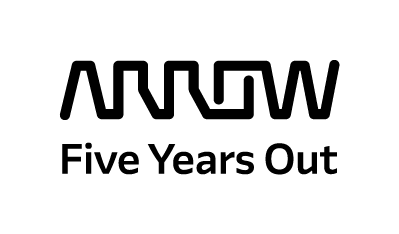Why “Extended Producer Responsibility” Makes Sense
By Carol Baroudi
When it comes to waste, nobody wants it. The whole idea of trash is “let’s get rid of it,” and “I don’t want to think about it.” When salvage and recycling enter the scenario, the result may be less trash, but it’s never no trash. What is left is left because it is of lesser value and even less desirable.
Producers produce, consumers consume, and then there is garbage. Garbage is not free. Municipalities contract for disposal services, which are funded by taxpayer dollars. No ultimate destination – be it landfill, incineration, recycling, or composting – is without cost: cost in tangible dollars and potential cost to human and environmental health.
Little in our current model changes this equation. There’s evidence that when consumers have to pay for their trash, the amount of trash they generate can drop dramatically. Indeed, it seems more equitable to share the burden proportionally, with those consuming more paying more. But if the ultimate goal is waste elimination, we have to look upstream – that is, back to where products start. And we need accountability.
The many cases of abandoned CRTs highlight the need for somebody, anybody, who can be ultimately held accountable. Bankruptcies allow processors like GES to close shop and leave behind “warehouses full of e-waste and toxic landfills they created,” according to Advanced Technology Recycling. Now who’s responsible?
One important remedy would be the widespread adoption of Extended Producer Responsibility (EPR) – in short, holding those who create products responsible for their ultimate end-of-life. The idea is that if producers know that ultimately they will be responsible for the end-of-life of their products, they’ll design more responsible products in the first place – fewer toxins, easier to repair, easier to dismantle and reclaim source materials for their next product cycle.
In the U.S., EPR laws are enacted state by state, and category by category. The current categories include carpet, paint, electronics, pesticide containers, pharmaceuticals, appliances containing refrigerants, batteries, auto switches, and fluorescent lighting. Elsewhere around the globe, EPR legislation is making its way into national and regional regulation.
When it comes to holding electronics producers accountable for collecting their products at end of life, producers may voluntarily hold themselves accountable as well. For products to receive EPEAT certification,they must have product take-back provisions in place. Many electronics producers rely on Arrow’s Value Recovery Business to process the electronics collected on their behalf to meet either local regulation or EPEAT requirements or both. And there’s evidence that some of the materials recovered are indeed finding their way back into new product manufacture. Here’s a sample from my friend Mark Buckley of Staples, used in my presentation last month at the Reverse Logistics and Sustainability Council Conference.
When electronics suffer abandonment issues, like those cited above, companies like Lexmark are voluntarily stepping up to help clean up materials collected on their behalf.
Extended producer responsibility is a key mechanism in making the circular economy real. Sometimes the best intentioned companies need the teeth of legislation to make the changes they want to make.
Got any stories about how EPR has changed things in your world? Drop me a line at cbaroudi@arrow.com.
Carol Baroudi works for Arrow’s Value Recovery business promoting sustainability awareness and action. She is the lead author of Green IT For Dummies. Her particular focus is on electronics at the IT asset disposition stage, e-waste, and everything connected. Follow her on Twitter @carol_baroudi and connect with her on LinkedIn at www.linkedin.com/in/carolbaroudi.



